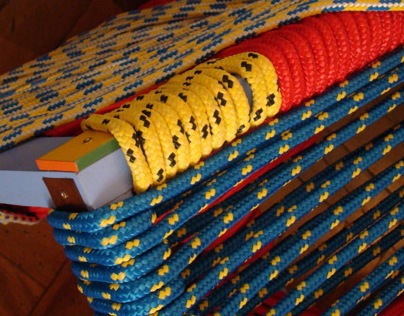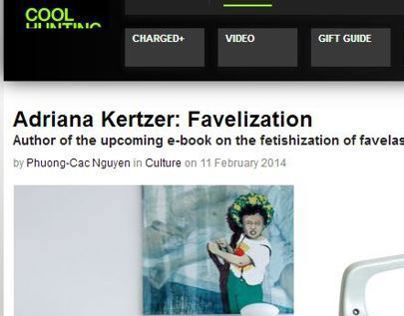Favelization is a book originally published by the Cooper Hewitt, Smithsonian Design Museum (Smithsonian Institution) on Feburary 11, 2014 as part of the DesignFile series.
Summary
In Favelization, I set out to understand the ways in which specific producers of contemporary Brazilian culture capitalized on misappropriations of favelas (informal squatter settlements that grow along the hillsides and lowlands of many Brazilian cities) in order to brand luxury items as "Brazilian."
Through case studies that look at the films Waste Land and City of God, shirts designed by Fernando and Humberto Campana for Lacoste in 2009, the furniture collection Neorustica by Brunno Jahara, and the Stray Bullet chair and Pacification shelves by David Elia, I explain how designers and filmmakers engage with primitivism and stereotype to make their goods more desirable to a non-Brazilian audience. I argue that the processes of interpretation, aestheticization, transcendence, and domination are part of the favelization phenomena. Favelization locates design as part of a broader constellation of representations that includes a variety of forms from printed media to film.
The publication provides visual and material analyses, as well as theoretical discussions that draw on works by scholars in cultural and postcolonial studies such as John Tagg, Edward Said, Mariana Torgovnick, Mike Davis, and Trinh T. Minh-Ha. Favelization raises questions about the ethical conundrums associated with using the "Other" in commercial design work.
The covers of the first eight DesignFile ebooks published by the Cooper Hewitt, National Design Museum.
History of the Book
Favelization began as an essay for the class "Theorizing Luxury" taught by Prof. David Brody as part of the M.A. in History of Decorative Arts & Design at Parsons The New School For Design and Cooper Hewitt, Smithsonian Design Museum. While conducting my research, I received invitations to speak at conferences in Philadelphia, Hong Kong, Richmond, and Mexico City.
Zona Maco, Mexico City, May 2013.
Prior to publication, I created a digital strategy to accompany the book that allows my research to reach a broader audience. I chose platforms that allow me to catalogue and share discoveries made as I was conducting my research and post-publication.
Cover of the ebook designed by the Cooper Hewitt for the first edition of the book.
Cover of the second edition of the book launched in paperback on February 11, 2017.
The website www.favelization.net extends the conversation on-line.
A screenshot of the "Design" page on Favelization.net showing Brunno Jahara's Neorustica collection.
A Facebook page for the project was created in October 2013.
Summary of the first Facebook campaign which advertised the launch of the page. Screenshot taken Nov. 7, 2013.
A series of email campaigns will spread the news about Favelization's publication via Mailchimp.
The results of the first email marketing campaign as of Nov. 7, 2013.
A Pinterest board contains all the examples of favelization I have collected to date.
Screenshot of the book'sTwitter feed taken shortly after publication in 2014.
Screenshot taken days before second edition was published.









